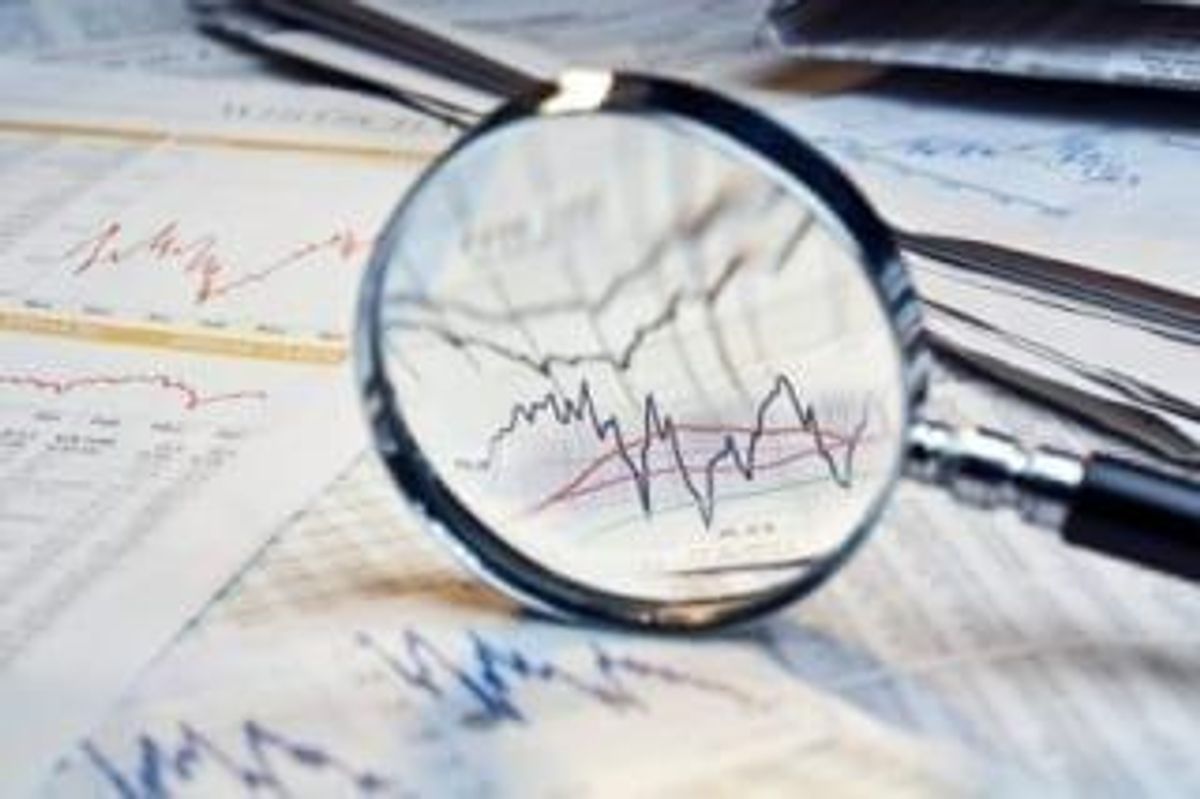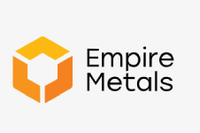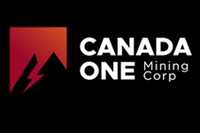
Predicting metals prices is nearly impossible under the best of circumstances. In a presentation at AMEBC’s Mineral Exploration Roundup, Mark Crawley of KGHM International provided some insight into why exactly that is.
Predicting metals prices is nearly impossible under the best of circumstances. In a presentation at AMEBC’s Mineral Exploration Roundup, Mark Crawley, senior vice president, commercial at KGHM International (WSE:KGH), provided some insight on why exactly that is.
As someone who’s worked in the industry for nearly 20 years with some of the world’s biggest copper producers (he worked for Noranda as well at one point), Crawley has certainly seen a fair few shifts in copper prices. However, his predictions regarding copper prices have not always been correct, and as he noted, many of the world’s leading banks and research firms are in the same boat.
Crawley found that when he compared copper price predictions from a number of different analyst firms, their conclusions were very different. For example, back in August 2015, Wood Mackenzie and CRU Group were predicting very different copper prices despite looking at similar data.
“I couldn’t believe the differentials that were showing — up to a 50-percent differential in their forecasts, based on essentially the same data,” he said. When he looked at investment banks, the difference was even greater.
Of course, copper prices have fallen another 30 cents since August, and copper price predictions are much closer together now. Interestingly, as Crawley noted, “Wood Mackenzie is the only firm that’s actually changed its price forecast and increased it since August. Everybody else has decreased theirs dramatically.”
To give another example, Crawley looked back at Goldman Sachs’ (NYSE:GS) copper price predictions over the past 15 years, noting that they haven’t been much better than others on the list. “It is difficult to find somebody who can really give a solid forecast,” Crawley said.
Demand
Why is that? For starters, supply and demand can be more difficult to quantify than one might think. Furthermore, a prediction that’s slightly off can mean the difference between a deficit and a surplus.
As Crawley explained, many market watchers and analyst firms were at one point calling for a 500,000-tonne copper surplus over the next year or two, and it was expected to “completely shatter the copper price.” However, a surplus amounts to a change in copper consumption of about 2 to 3 percent. “So it’s pretty easy to sway that price within a short amount of time,” Crawley said.
In that vein, it’s worth paying attention to scrap copper consumption as well, since a change in the amount of scrap usage could mean a shift for the market.
“Right now, [Scotiabank] predicts around 19 percent of consumption is from scrap. If that goes down to historical levels of 17 percent at this price, well, that takes almost 500,000 tonnes out of the market — again changing this from a potentially massive surplus to a balance or even deficit market,” Crawley stated. “So it’s huge on the scrap side.”
Supply
It’s also important to look at the number of copper projects slated to come online in the near term. While that might seem relatively straightforward, Crawley stressed that it’s important to keep certain risk factors in mind.
“If you look at the [projects] that are coming on and are in Wood Mackenzie’s ‘highly probable’ forecast, and look at the regions where these are, only about 15 percent of them are in what we’d consider top-tier mining regions — so Canada, Chile, the US and Australia,” he said. “The rest of them are coming from the Congo, China, Kazakhstan, Myanmar.”
“These are places where political risk is going to be huge. And so we really need to think about whether or not that increase in production over the next number of years is really going to happen, or will it be somewhat muted?
Other factors
That might make things seem tough enough, but as Crawley pointed out, even if one could accurately predict supply and demand, that basically gives an inventory balance. And of course, there are other factors affecting the copper price.
To see that in idea in action, look back at 2015. Common sense would suggest that falling inventories would mean higher copper prices, and vice versa. That’s more or less been the case in the past, but in 2015 there was a “complete disconnect” from that trend, as Crawley noted. “For the past year, we’ve seen stocks plummeting, but prices absolutely plummeting,” he said. “And this isn’t just the stocks that are visible. This does include the bonded warehouse stocks in China. And looking at Wood Mackenzie’s latest report, they also have shown that over 2015, both producer and consumer stocks have fallen as well.”
Two of the main factors driving that disconnect are, of course, the strong US dollar — which makes copper sold in that currency more expensive in other areas — and the negative sentiment across the commodities sector as a whole.”We’ve talked a lot about energy and how copper does get dragged along with commodities in general,” he said.
Explaining further, Crawley said that plays out, in part, in how larger commodities funds are traded. “So when we take a look at a lot of these indexed funds that have copper, iron ore, gold and oil in them, these index funds [are being traded] en masse,” he said. “So you are going to see copper dragged along with some of the commodities that have much poorer fundamentals, such as iron ore, such as coal.”
China
Indeed, with China being responsible for roughly 45 percent of the world’s copper consumption, the country is often center stage when it comes to discussions about copper. However, it isn’t always that easy to read, to the point that Crawley suggested that the idea of “Dr. Copper” has now gone out the window.
“If you look at … what’s happened in China as far as its GDP growth and try to correlate it with copper consumption growth, there is no correlation there,” he stated. Referring to Glencore (LSE:GLEN) CEO Ivan Glasenberg’s point that one must be able to predict what’s going on in China in order to accurately predict the copper price, Crawley stated “at the moment, none of us can read China.”
Certainly, it’s difficult, if not impossible, to accurately predict copper prices. Investors would be wise to take all forecasts with a grain of salt, and to seek out multiple sources, especially when evaluating the economics of an earlier-stage project for investment.
Securities Disclosure: I, Teresa Matich, hold no direct investment interest in any company mentioned in this article.
Related reading:
A Brief Overview of the Copper Price Today




